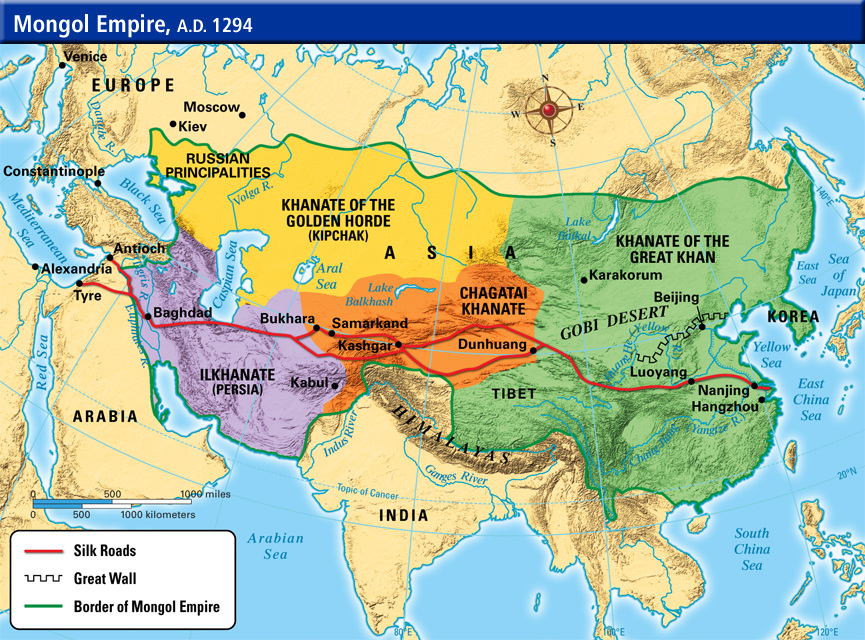E is a letter of related and vertically oriented alphabets used to write Mongolic and Tungusic languages.: 549–551
Mongolian language
- Transcribes Chakhar /ə/; Khalkha /i/, /e/, /ə/, and /∅/.: 40–42 Transliterated into Cyrillic with the letter э.
- Medial and final forms may be distinguished from those of other tooth-shaped letters through: vowel harmony (a) and its effect on the shape of a word's consonants (q/k and ɣ/g), or position in syllable sequence (n, ng, d).
- The final tail extends to the left after bow-shaped consonants (such as b, p, k, and g), and to the right in all other cases.
- ᠡ᠋ = an Old Mongolian initial form, as in ᠡ᠋ᠨᠡ ene 'this' (otherwise written ᠡᠨᠡ).: 316 : 130
- Derived from Old Uyghur aleph (𐽰).: 539–540, 545–546 : 111, 113 : 35
- Produced with E using the Windows Mongolian keyboard layout.
- In the Mongolian Unicode block, e comes after a and before i.
Ee
- Stands in for e in loanwords,: 38 such as in ᠧᠦ᠋ᠷᠣᠫᠠ ēüropa (Khalkha: Европ Yevrop).: 48 Transliterated into Cyrillic with the letter е.
- Indistinguishable from w, except when inferred by its placement: typically between consonants.: 38
- Ultimately derived from Old Uyghur bet (𐽱).: 38 : 539–540, 545–546 : 111, 113
- Produced with ⇧ Shift E using the Windows Mongolian keyboard layout.
- In the Mongolian Unicode block, ē comes after ü and before n.
Clear Script
Xibe language
Manchu language
Notes
References



